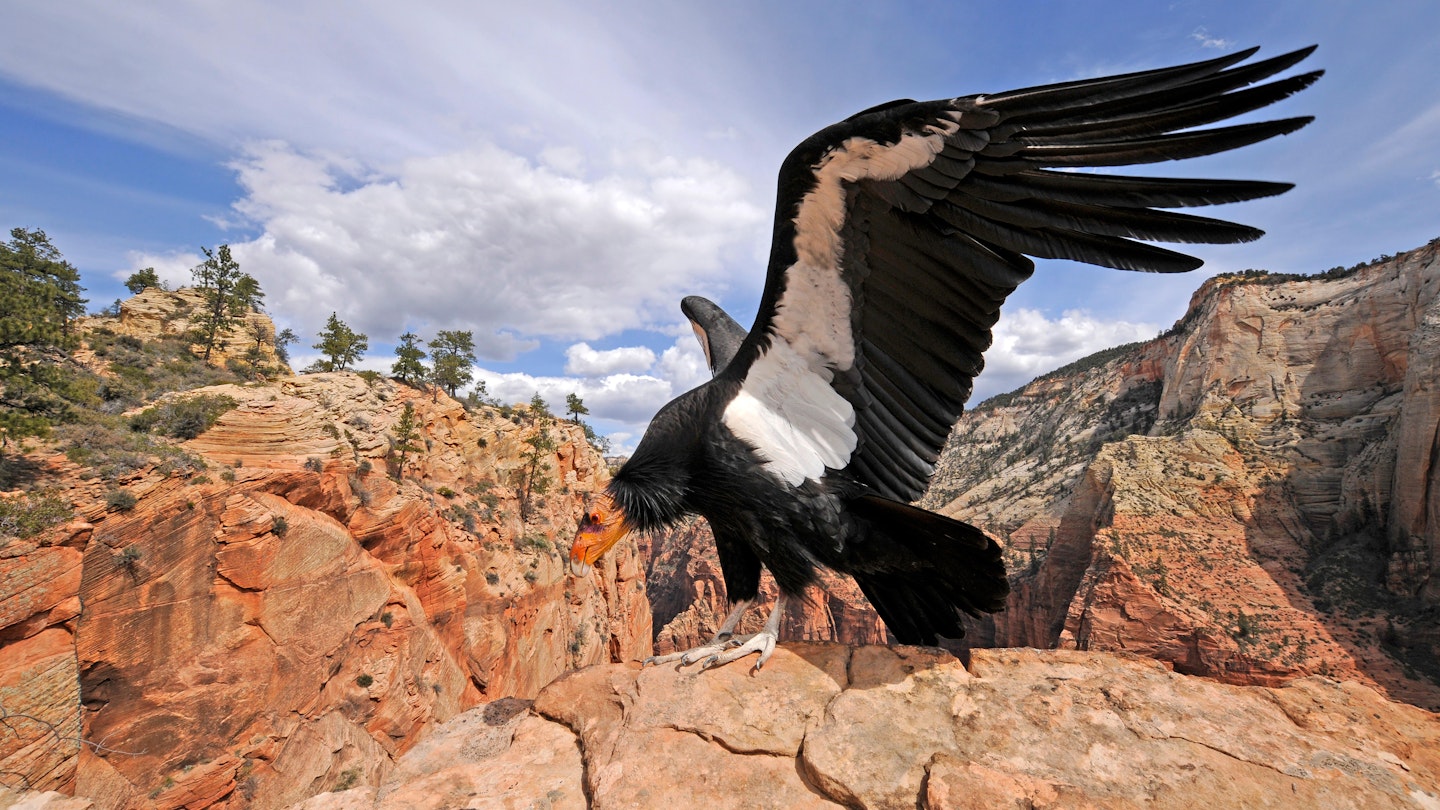The Reintroduction of California Condor at Redwood National Park
Arrangements are being finalized to reintroduce the endangered California condor at Redwood National Park and at Yurok Ancestral Territory in California.
Significance of the California Condor
With a wingspan of almost 10 feet, the California condor is the largest soaring land bird in North America. It plays a significant role in the spiritual and cultural beliefs of the Yurok Tribe, which has led this reintroduction effort as the condor, known as prey-go-neesh, is integral to its sacred cultural landscape. The condor release facility will be operated by the Northern California Condor Restoration Program, a partnership between the tribe and the national park. This marks the first time in 100 years that this majestic vulture will return to the Pacific Northwest.

Historical Context and Conservation Efforts
California condors prehistorically roamed from California to Florida and, in contemporary times, from Western Canada to Northern Mexico. However, by the mid-20th century, condor populations drastically declined due to poaching and poisoning, leading to their listing as endangered in 1967. There were only 23 condors remaining worldwide in 1982, and by 1987, all remaining wild condors were captured for a breeding program aimed at recovery. Consequently, there are now over 300 California condors thriving in the wild in California, Arizona, Utah, and Baja California, although the bird still faces the challenges of being listed as endangered.
Future Plans for Condor Release
Pending completion of the condor release facility, the anticipated timeline for releasing the condors is set for fall 2021 or spring 2022. Moreover, new protective regulations have been established to safeguard their recovery. Joseph L. James, chairman of the Yurok Tribe, expressed, “For the last 20 years, the Yurok Tribe has been actively engaged in the restoration of the rivers, forests, and prairies in our ancestral territory. The reintroduction of the condor is one component of this effort to reconstruct the diverse environmental conditions that once existed in our region. We are extremely proud that our future generations will not know a world without prey-go-neesh.”




